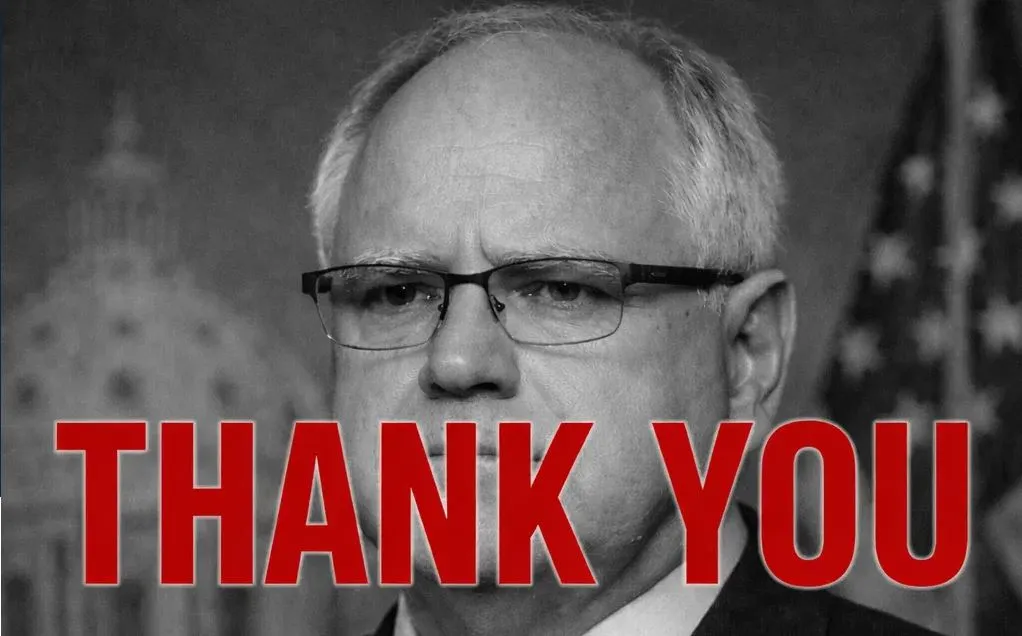Table of Contents
As we move closer to a possible change in the alert level, I can’t help wondering how the COVID-19 responses all over the world might have been different if the people at the forefront of managing them had not been career bureaucrats, politicians and academics – all of whom retained their jobs and substantial incomes regardless of their decisions.
What if, in New Zealand, the evaluations and decisions were made by small business owners like butchers, fruiterers, retailers, takeaway owners, motor mechanics, metal workers – the list is endless but the most important thing is that each and every one of these operators has skin in the game.
And what about the employees of those businesses who also have skin in the game.
Not only would they have had to weigh up the well-being of the nation, but they’d also have to look carefully at the economic nightmare that we’re about to face and what the return on investment might be. They too will have mothers and fathers and family who are at risk. Some of them will be of an age group and health background that they too may feel exposed. More skin in the game.
I wonder if they would have been willing to chop off their noses to spite their faces, without asking some very basic questions about other possible options.
It was always going to be tough when the academics announced that we could have as many as 80,000 deaths if we did nothing for 400 days. I’m guessing that’s what our Prime Minister had rattling around in her head when she made the level 4 announcement. That’s why she was talking about tens of thousands of New Zealanders dying. That’s perhaps why she felt compelled to act.
The academics who model things and predict things seem to do so on the basis of completely unfounded and speculative numbers tossed onto a table like balls in a lotto draw. Numbers they then process and model and pass on for the media to feast on, misrepresent, and for the public to panic about. Numbers that spread like Chinese whispers with key factors left out – like “if we do nothing for 400 days”.
On Friday, Finance Minister Grant Robertson (who is looking more and more like the only person in this cabinet with any understanding at all of anything) according to the NZ Herald said:
“The fact we knew we would lose some New Zealanders to Covid-19 doesn’t lessen the shock and sadness each time it happens”
He added that the deaths were
“a sombre reminder that we need to continue to stay home to save lives and break the chain of transmission”.
He’s right about the “shock and sadness each time it happens”, however the premise that this is a “sombre reminder that we need to continue to stay home to save lives and break the chain of transmission”, not so much. It’s another often repeated though basically meaningless slogan.
Every day, more medical professionals and scientists are saying COVID-19 is not nearly as bad as we have been told and poor old Mr Robertson finds himself between a rock and a hard place. The damage has already been done.
On February 12, he told MP’s that the NZ economy
“could take a hit of more than $250 million because of Coronavirus”
His forecast was as far out as the Coronavirus modelling has been. It’s looking like 40 billion is going to be the bare minimum.
On Friday, according to the NZ Herald, Stuart Nash, Minister of Small Business said:
“It looks as though New Zealand was flattening the curve.
He rejected the notion that the Government has damaged the economy needlessly.
“I don’t think anyone would say we have done this without good reason.”
He gave the example of New York – “people are dying by the thousands in America”.
I don’t agree with him. Not even a little bit. New Zealand is unique in many ways. New York has more people in one city than we have in the whole country. It’s a silly comparison.
The “good reason” was tenuous to start with and has become more so with each passing day. Many of us will be beneficiaries as a result and there’s only one place we can look to sheet home the blame.
Even if the original modelling had been close to correct and we saved 80,000 lives, the 40 billion, equates to 500,000 per life saved. Reduce that to say 2,000 lives saved and that’s a cost of 20 million each.
Not a tough decision if you’re playing around with other people’s money and you’ve never really had to balance the books to survive.
Slightly tougher if you have skin in the game.
I’m picking that most of us would have weighed up the cost effectiveness way better than this.
If you enjoyed this BFD article please consider sharing it with your friends.








